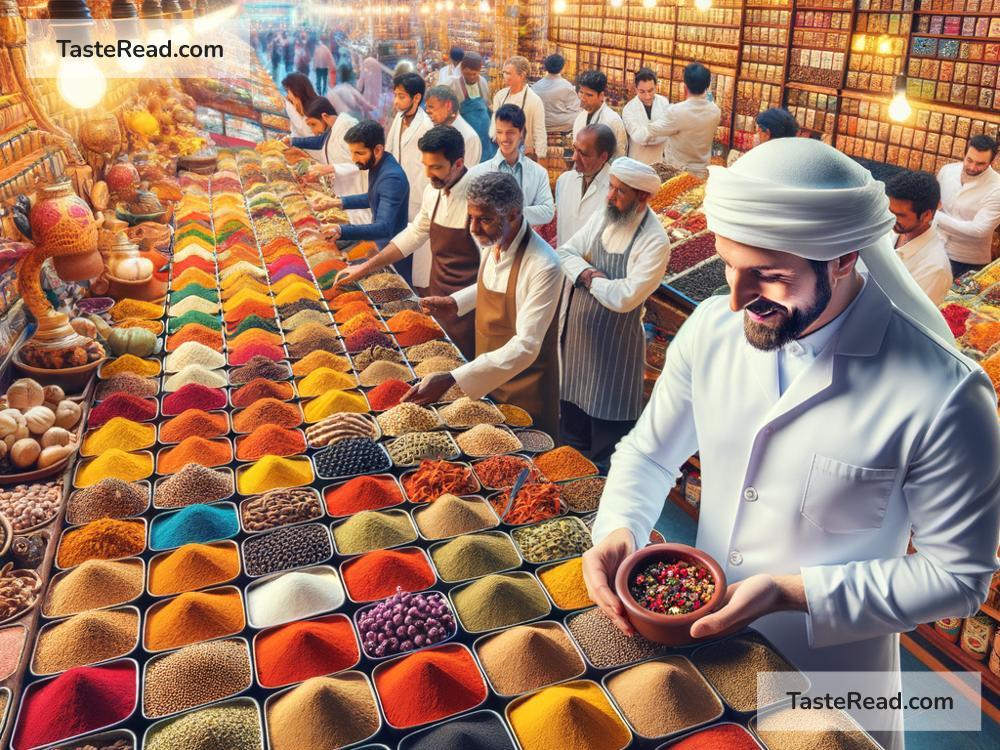How The Spice Trail Perfects Global Flavor Pairings
Food is a universal language that transcends borders, and nothing tells the story of this global dialogue quite like spices. These aromatic flavors are the heartbeats of dishes around the world, capable of transforming a simple meal into a vibrant symphony of taste. Yet, it’s the age-old journeys along the Spice Trail that have woven the rich tapestry of global flavor pairings we relish today. Let’s embark on a flavorful expedition to discover how the Spice Trail has perfected global flavor pairings, making our meals a mosaic of worldly tastes.
The Spice Trail: A Route of Flavorful Discovery
Imagine a time when the world was a vast, unexplored place, and the most coveted treasures were not gold or silver, but spices. The Spice Trail wasn’t a single route but a network of trade paths that crisscrossed continents, stretching from the fragrant clove groves of the Moluccas in Indonesia to the bustling markets of Venice. These routes were the highways of ancient commerce, along which intrepid traders braved perilous voyages to bring back spices that would define cuisines worldwide.
A Melting Pot of Flavors
The impact of the Spice Trail on global cuisine cannot be overstated. It introduced the world to flavor combinations that are now staples in our kitchens. For instance, the warm, earthy notes of cinnamon paired with the zesty sweetness of orange, a combination cherished in both Middle Eastern and European pastries, owe their partnership to the mingling of cultures along these ancient routes.
Similarly, the Spice Trail brought together the sharp bite of black pepper with the richness of meats, a pairing favored from India to Italy, showcasing the universal appeal of balancing robust flavors. These combinations did more than just enhance the taste of food; they bridged cultures, fostering a shared culinary heritage.
Cultural Cross-Pollination Through Spices
Spices served as culinary ambassadors, introducing distant lands to each other’s flavors and traditions. The use of spices like turmeric, cumin, and coriander in Latin American cuisine is a nod to the influence of Spanish traders who, in turn, acquired a taste for these spices from their Moorish neighbors, who were well-versed in the spice trade.
In North America, the adoption of spices such as allspice and vanilla, native to the New World, into European cooking is a testament to the reciprocal nature of this culinary exchange. These flavor pairings are not merely combinations but stories of conquest, colonization, and ultimately, coalescence.
The Science Behind The Magic
What makes these global flavor pairings so perfect? It boils down to our taste buds and how they perceive flavors. Spices often contain compounds that can enhance or balance the taste of other ingredients. For example, the compound piperine in black pepper enhances the savory taste of meat, while the aldehyde compounds in cinnamon complement the natural sweetness of fruits.
This synergy between spices and ingredients is what makes global flavor pairings so successful. The Spice Trail, in essence, was a centuries-long experiment in finding the perfect balance between different tastes, an endeavor that continues to evolve with modern cuisine.
The Legacy of The Spice Trail
Today, the Spice Trail lives on, not just in the physical routes that once connected distant lands, but in the fusion cuisines that grace our tables. It’s seen in the popularity of dishes like Thai curries, which expertly balance the heat of chili with the creaminess of coconut milk, or in the global craze for matcha-flavored treats, combining the earthy bitterness of Japanese green tea with the sweetness of western desserts.
This enduring legacy is a reminder that, in the world of cooking, boundaries are meant to be crossed. The Spice Trail has taught us that the blending of different cultures and flavors isn’t just about creating tasty food; it’s about sharing our history, our traditions, and ourselves.
Conclusion
The Spice Trail has perfected global flavor pairings by encouraging a boundless culinary curiosity that has shaped the way we eat today. Its influence stretches from the tangy, spice-infused streets of Morocco to the bustling, fragrant food markets of Mexico, a testament to the unifying power of food. As we continue to explore and blend the spices and flavors of different cultures, we pay homage to the ancient routes that have made our global gastronomy infinitely richer. Let’s keep the spirit of the Spice Trail alive, one meal at a time.


